- Saturday, 20 December 2025
Hundreds of newly discovered species under threat in Mekong region
By Kathleen Magramo, May 23: Nearly 400 species only just discovered in Asia’s Greater Mekong region could soon become extinct due to loss of habitat caused by human activity, the World Wildlife Fund (WWF) warned in a report.
The discoveries – including an orchid that looks like a “Muppet Show” character – were made by an international team of scientists and researchers working across five countries in the vast biodiverse region during a two-year period from 2021 to 2022.
“These remarkable species may be new to science but they have survived and evolved in the Greater Mekong region for millions of years, reminding us humans that they were there a very long time before our species moved into this region,” said K. Yoganand, WWF’s Greater Mekong regional wildlife lead.
“We have an obligation to do everything to stop their extinction and protect their habitats and help their recovery.”
In total, scientists discovered 290 plants, 19 fish species, 24 amphibians, 46 reptiles and one mammal according to the WWF’s report, bringing the number of vascular plants, fish, amphibians, reptiles, birds and mammals described in the Greater Mekong region since 1997 to nearly 4,000.
But while the discoveries underline the rich biodiversity of the region, which is home to more than 300 million people and encompasses Thailand, Myanmar, Laos, China, Cambodia and Vietnam, it also serves to highlight the rising threats posed to wildlife by human-driven habit encroachment.
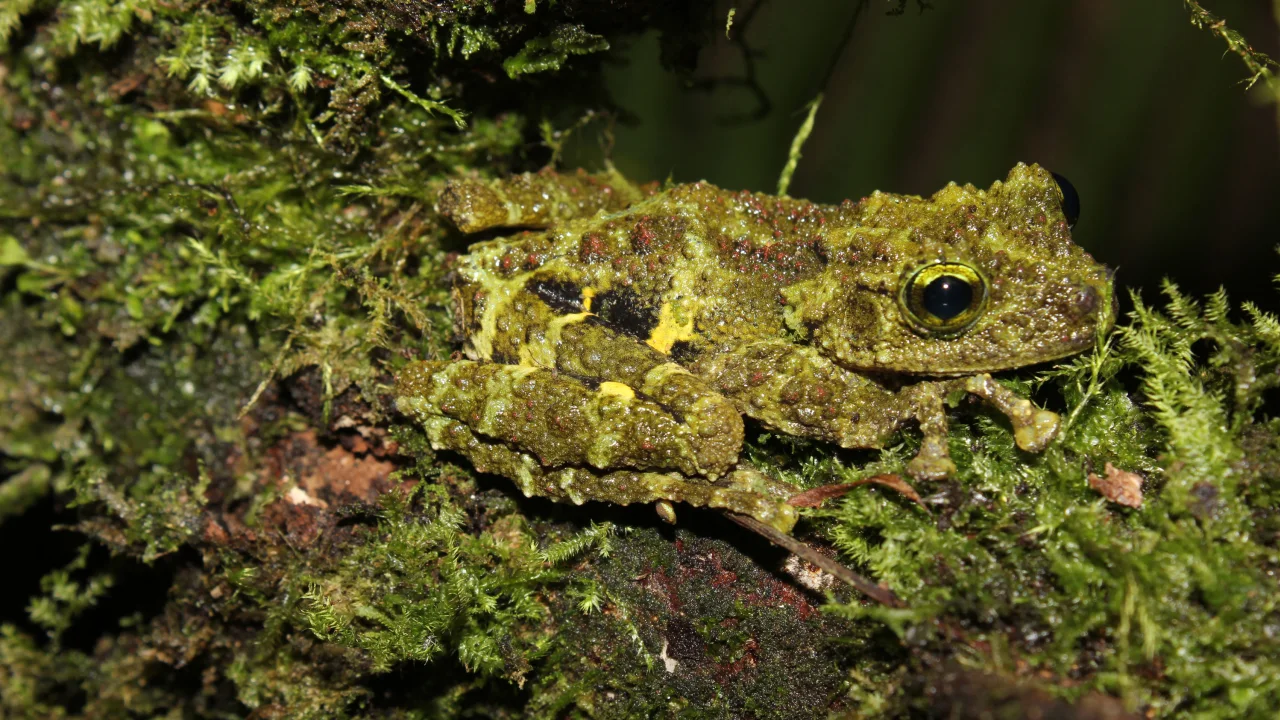
The mossy-green Theloderma khoii frog was found in the forested limestone mountains of northeastern Vietnam. Nguyen Thien Tao/WWF UK
The rich biodiversity of the Greater Mekong region faces tremendous pressures from economic development and human population growth, which drive deforestation, pollution and over-exploitation of natural resources, according to Truong Q. Nguyen from the Vietnam Academy of Science and Technology, who wrote the foreword to the WWF findings.
Mark Wright, WWF-UK’s director of science. said while the new report reminds us of the “extraordinary diversity and inventiveness of nature,” it also serves as a “timely reminder of the extreme jeopardy that so many of these species and habitats face, and what we risk losing if urgent and committed action is not taken.”
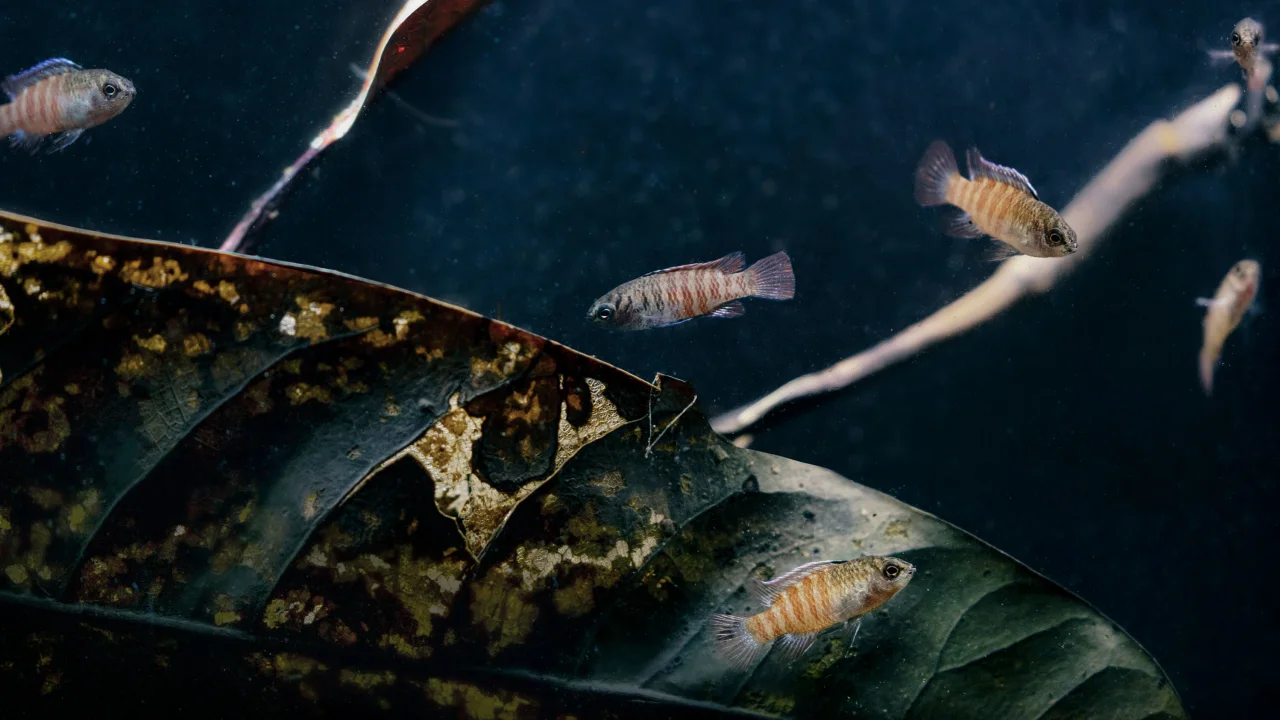
Tiny chameleon fish found in Myanmar are about the size of a fingertip. Thadoe Wai/WWF UK
What else did they find?
This bent-toed gecko (below) was discovered in Thailand’s Tenasserim Mountains bordering Myanmar, according to the WWF report. An arboreal species – meaning most of their lives are spent in trees – Cyrtodactylus rukhadeva takes its name from the Rukha Deva, mythical tree nymphs that protect the forest in Thai mythology.
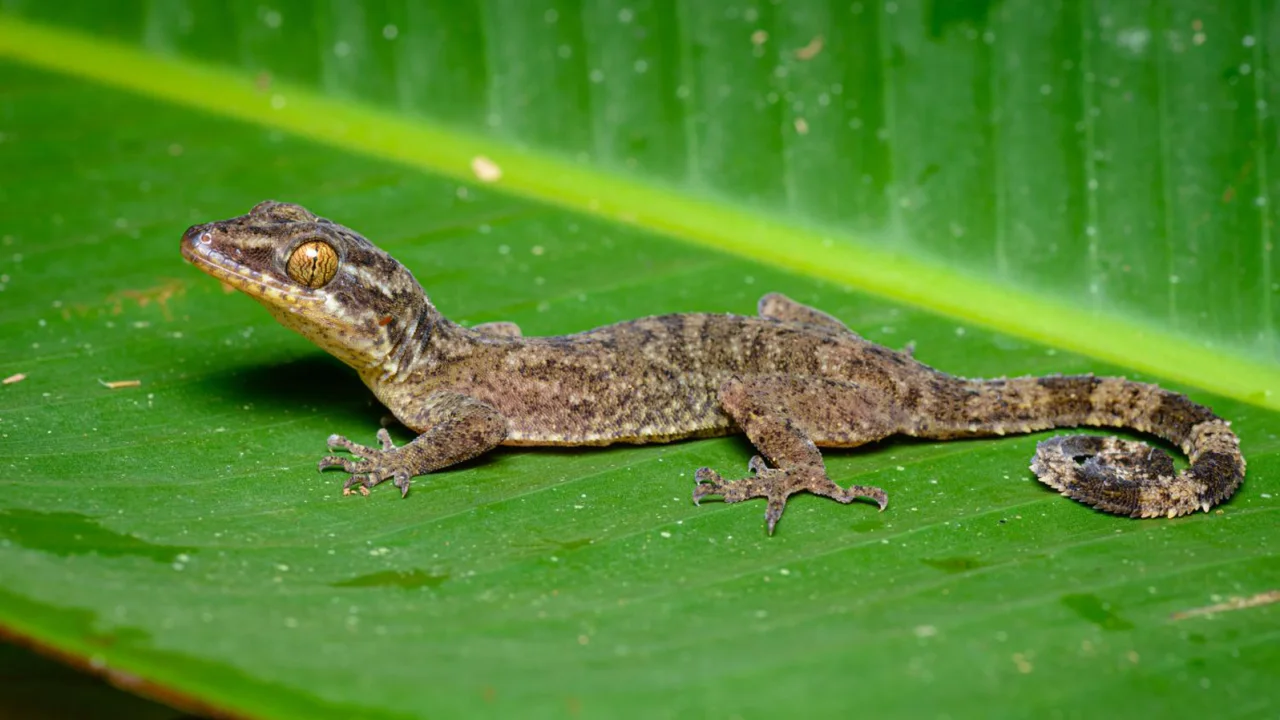
Thailand's bent-toed gecko was named after a mythical tree nymph. Thai National Parks/WWF UK
The discovery of the Dendrobium fuscifaucium orchid (below) happened by mere coincidence, according to the WWF report.
A nursery owner bought the plant from a local vendor in the limestone hills of Laos’ Vientiane province. When it flowered, the vendor sent photos to Asian orchids expert Pankaj Kumar, who is a visiting scholar at Texas Tech University. Convinced it was a new species, Kumar worked with a fellow orchid specialist in Laos to trace its origins, but scientists have yet to find it flowering in the wild.
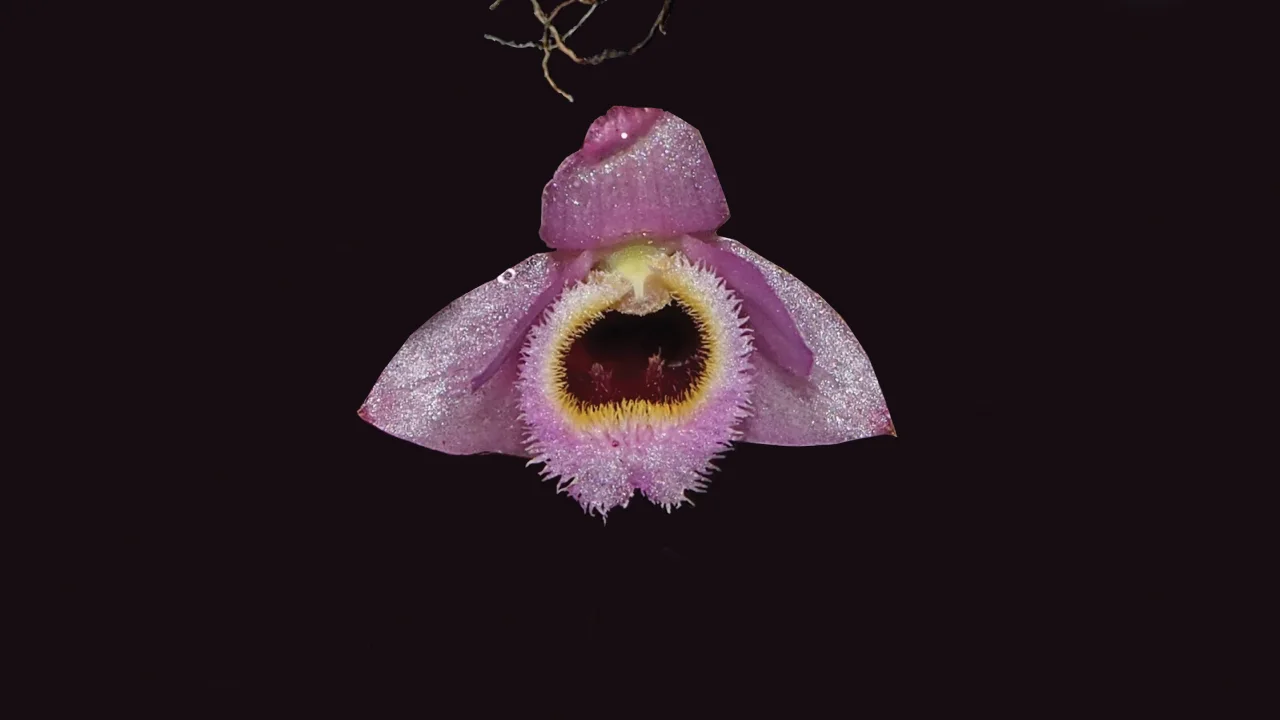
This brilliant pink orchid found in Laos resembles a character from "The Muppet Show." Keooudone Souvannakhoummane/WWF UK
“This is not the first orchid described from trade in Laos, and in fact, a few animal species have been also described from the trade in the country in the past decade,” Kumar told WWF. “It is a very beautiful miniature orchid with large flowers and hence has a very high potential ornamental value.”
Although nearly all orchids traded legally are propagated artificially, trafficking and over-harvesting from the wild are a threat to many species, the WWF cautioned in its report.
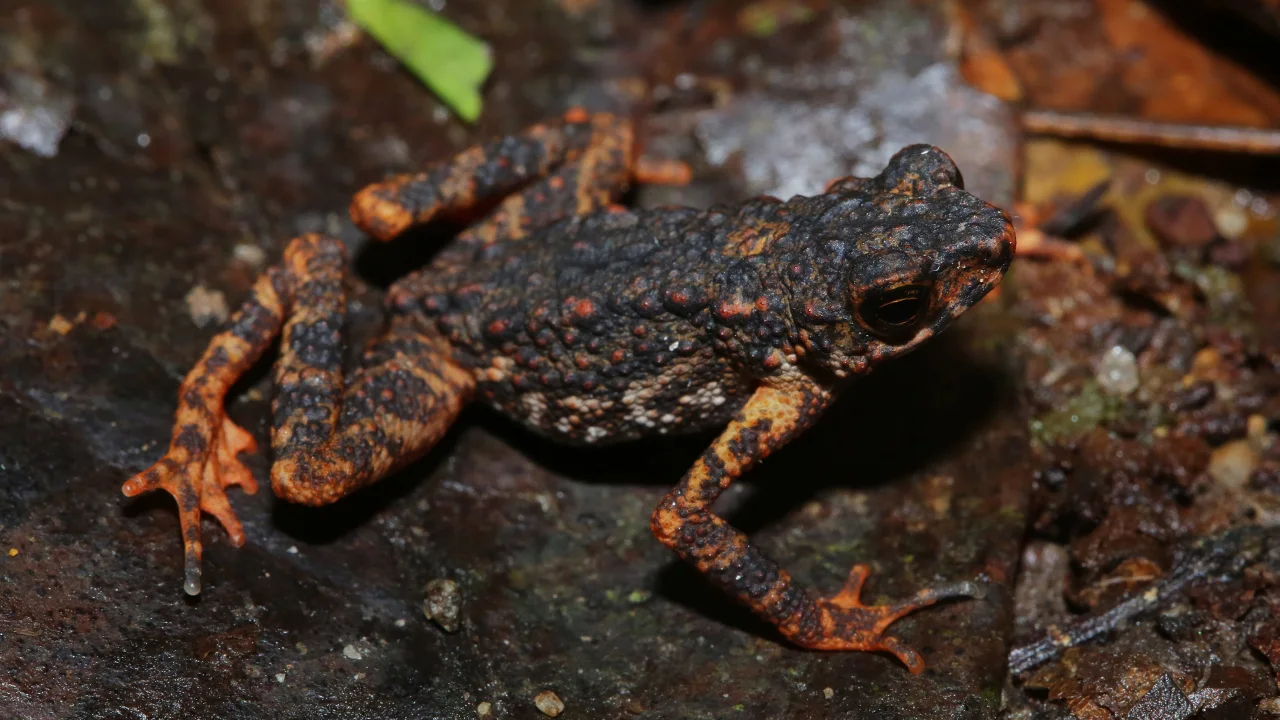
These toads found on the Thai-Malay peninsula have a striking bright reddish-orange colouration. Parinya Pawangkhanant/WWF UK
This tiny toad (above) found on the Thai-Malay peninsula, has been named Ansonia infernalis – infernal stream toad – for the bright reddish-orange colouration of its limbs and flanks, said to resemble the flames of hell, researchers said in the report.





-square-thumb.jpg)










